Subscribe now to get the Ninja Gaiden 4 issue and a Phantom Blade Zero poster pack-in!
The Biggest Advances In The Open World Genre
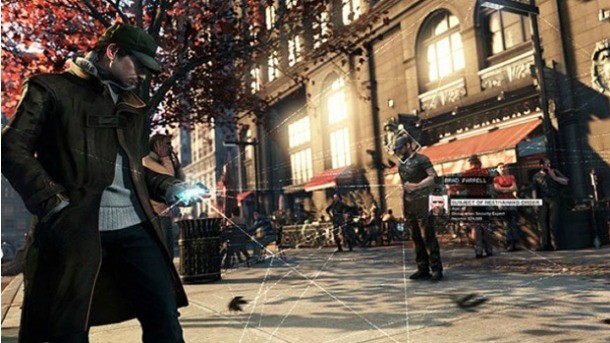
Earlier today, we posted early impressions of one of the most talked-about games on the next generation horizon. Ubisoft's Watch Dogs promises to give players more control over a virtual world than ever seen before, as protagonist Aiden Pearce can manipulate the environment thanks to his hacking skills. If done right, it could be an exciting new feature the likes of which we haven't seen before. It also got us thinking about some of the biggest advances in the open world genre.
We'll kick things off with three advances brought to us by the father of the modern open world genre.
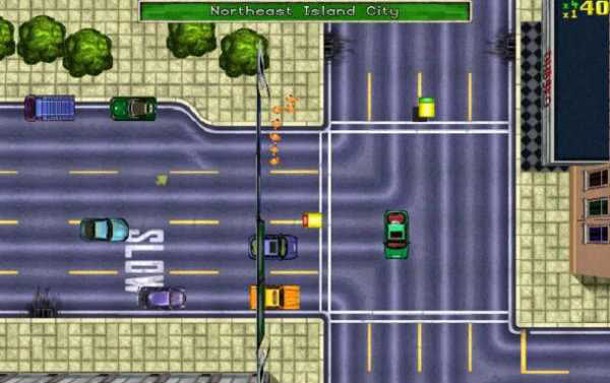
Grand Theft Auto - Birth of a genre
While GTA wasn't the first game to introduce elements of player freedom, it laid the blueprint for the modern open world genre. Selecting between various story missions, completing side activities, or simply going on murderous rampages were all elements that were present in the 1997 original. Its top-down view made high-speed pursuits frustrating, but the game has clearly earned its place in the history books thanks to its structural innovations.
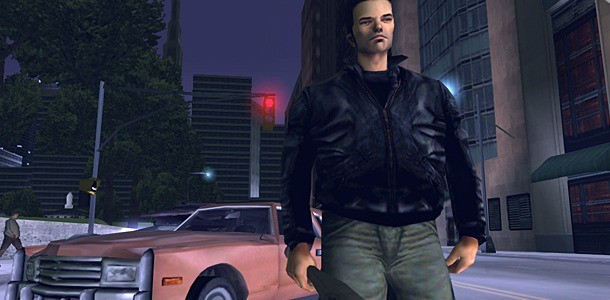
Grand Theft Auto III - Open world moves to 3D
Gamers were able to rampage around the city in the previous two GTA games (as well as the London expansion), but it was always seen from a detached, top-down camera. Thanks to the advances made in the PlayStation 2 era, Rockstar's baby could finally be the more immersive affair that it deserved to be. Tiny assortments of pixels were now fully-animated models. Squares that used to represent rooftops were replaced with towering skyscrapers. Slivers of story told by text were now cutscenes with high production value. If the first GTA laid the foundation of what the genre could offer, GTA III was the first to present the type of 3D gameplay we know and love in 2013.
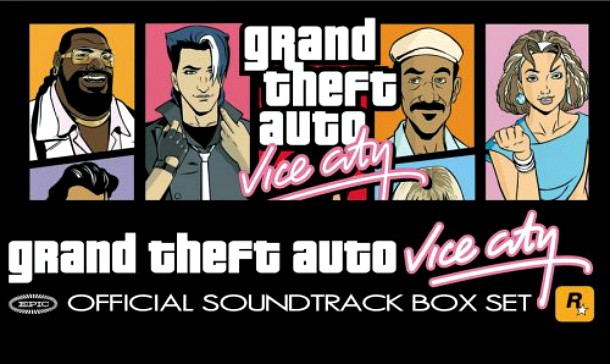
Grand Theft Auto series - Use of licensed music
Anything I say here would pale in comparison to the great piece that Matt Helgeson recently put together about how Grand Theft Auto revolutionized gaming soundtracks. Put simply, Rockstar and their team of audio masterminds have put together some of gaming's greatest soundtracks, time and time again. From the 80s-drenched Vice City to the hip hop sounds of early 90s Los Angeles, the studio always knocks it out the park when it's time to assemble some great tunes to commit drive-bys to.
Check out the next page to see how some other series helped push the genre forward.
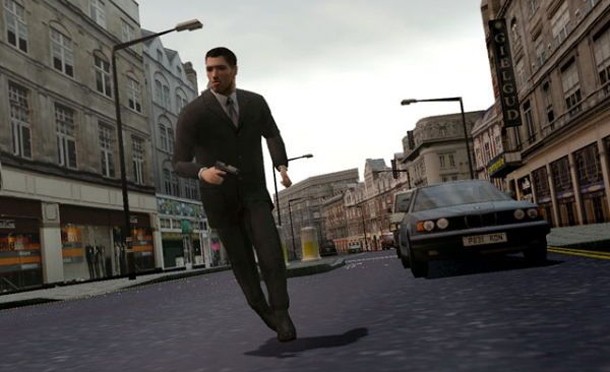
The Getaway - Geographical accuracy
Prior to 2003's The Getaway, most open world games were either entirely fictional or loosely based on real world cities. Sony and developer Team Soho wanted to present a realistic version of London, but they didn't want to be limited to basic landmarks and architecture. Instead, they mapped out large portions of the city, recreating them in painstaking detail. Members of the team would go on to do the same with 2011's L.A. Noire.
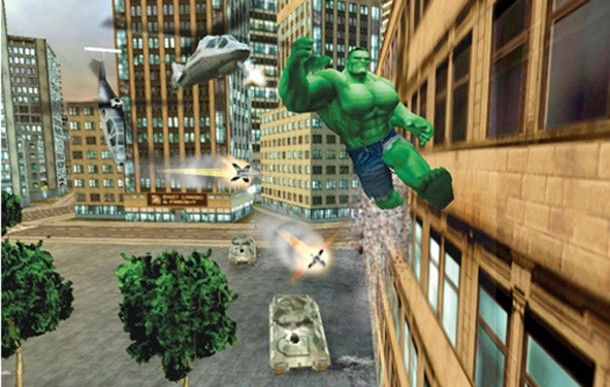
The Incredible Hulk: Ultimate Destruction - Super powers
Many early open world games were based in reality, with storylines and characters straight out of a mobster movie. With 2005's The Incredible Hulk: Ultimate Destruction, developer Radical Entertainment realized that it could be a blast to wreak havoc as a comic book character. Marvel's Incredible Hulk was the perfect man for the job, and players could make him leap over skyscrapers, sprint up the sides of buildings, and toss enemies into the horizon. The developer went on to experiment with superpowers in the Prototype series, and now we're starting to see comic book stylings invade open world series like Saints Row.
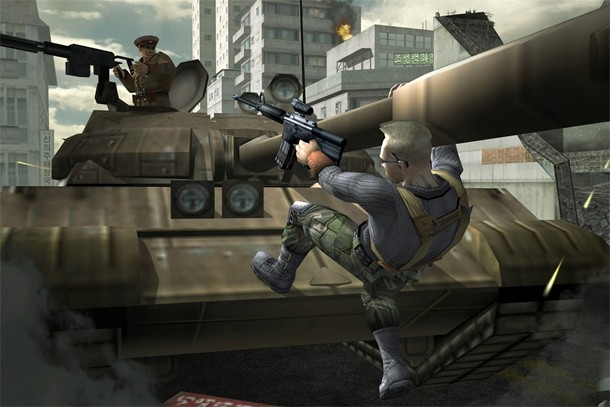
Mercenaries - Destructability
Mercenaries was subtitled Playground of Destruction, which couldn't have been a more apt description. By summoning giant air strikes, players could cause any building in the game's version of North Korea to collapse. Players could attempt to sneak into bases to capture enemies alive, or they could opt to deliver an explosive payload to the entire area and reduce it to rubble. As technology advanced, we started seeing physics-based destruction pop up in games like Red Faction: Guerrilla.
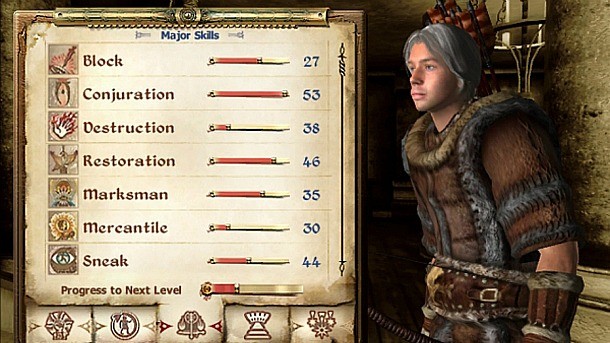
The Elder Scrolls series - RPG elements
Grand Theft Auto and many other open world games featured a heavy mobster influence, but Bethesda chose to draw on fantasy themes for their wildly successful Elder Scrolls series. They're open world games that are primarily viewed in first person, but at their heart lies heavy RPG elements that have caused both hardcore and casual fans to fall in love with the series. Others have attempted to create a massive, open world RPG experience, but none have reached the level of success that the Elder Scrolls games have.
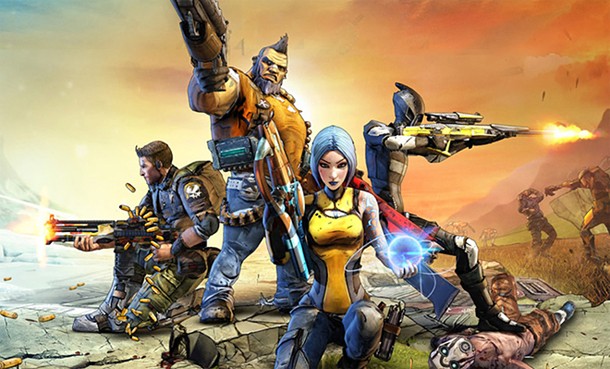
Borderlands - Competent shooting mechanics
Many open world games have included copious amounts of shooting, but the mechanics for doing so were typically lacking. Bethesda included guns in Fallout 3, but gamers found the unique V.A.T.S. system to be more useful than aiming down the scopes. With Borderlands' 2009 release, Gearbox finally got the open world shooter right. It handled like a solid first-person shooter, but featured enough side missions, awesome upgrades, and open world elements to make it an experience gamers hadn't seen before.








